|
The Laide Carte Family History
Volume 67, The Years 1700 through 1799

Sic Transit Bellis Chartis
De Quercus Suber Non Curate Lex
Being
The Compleat History
Of The
Famed Cork Impresarios,
With Authoritative Comments
by
Lord Phillip James Arthur Francis Ramsbottom,
MP, MBE, FOE, FOB, COD, ASPCA
|
|
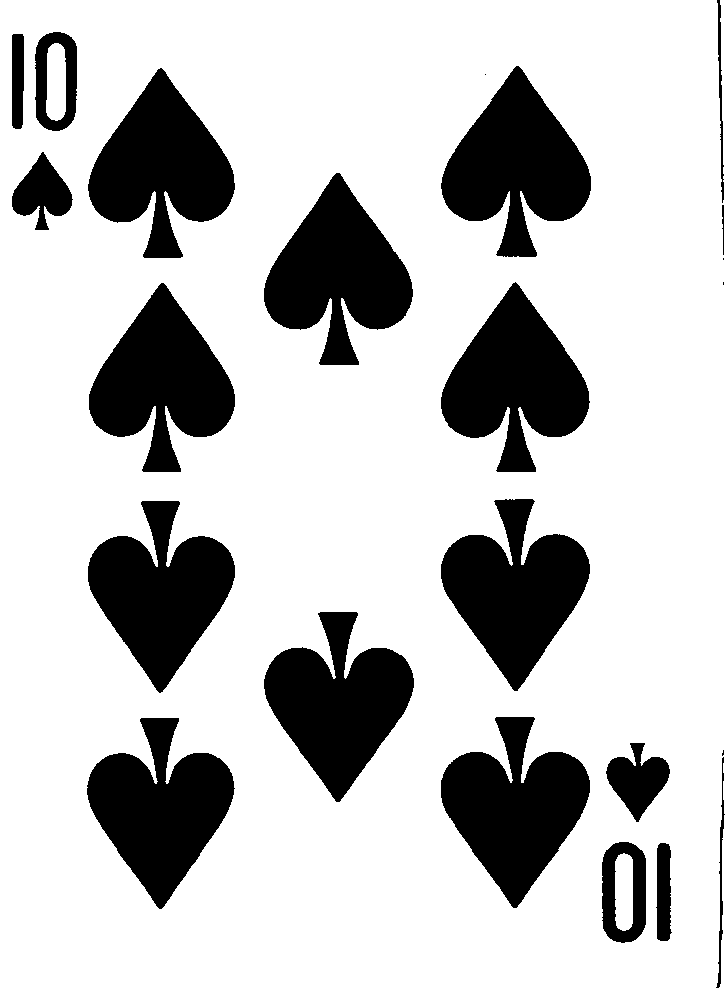 Lord Ramsbottom has spent a lifetime researching the history of the Laide Carte family.
His accounts are regarded by all experts as composed of whole cloth and past the border of fraudulent.
In spite of this, he continues his successful career as sawdust producer and part-time historical researcher.
This book is his 67th about the Laide Cartes, of a projected 125 volumes.
Lord Ramsbottom has spent a lifetime researching the history of the Laide Carte family.
His accounts are regarded by all experts as composed of whole cloth and past the border of fraudulent.
In spite of this, he continues his successful career as sawdust producer and part-time historical researcher.
This book is his 67th about the Laide Cartes, of a projected 125 volumes.
 The Lord wishes to express his thanks to his wife, Jennie, who has never left his side, even when he has insisted.
The Lord wishes to express his thanks to his wife, Jennie, who has never left his side, even when he has insisted.
|
|
Introduction
 In the Ancient Times of France, the original Laide Carte family became landholders by royal fiat, in official gratitude for the family's support during the spread of the Black Plague.
How they became Lords is not truly known, although historical references of the time indicate that the Laides Cartes may have blackmailed both the King and many High Church Officials over a rum-smuggling episode involving the Vatican and English viceroys.
However, the family has disputed this over the centuries, insisting that the Laide Carte forefathers received their Lordship for their brave actions in the Cattle Uprising of 1453, by successfully repelling hordes of Anti-Royalist country bovines.
In the Ancient Times of France, the original Laide Carte family became landholders by royal fiat, in official gratitude for the family's support during the spread of the Black Plague.
How they became Lords is not truly known, although historical references of the time indicate that the Laides Cartes may have blackmailed both the King and many High Church Officials over a rum-smuggling episode involving the Vatican and English viceroys.
However, the family has disputed this over the centuries, insisting that the Laide Carte forefathers received their Lordship for their brave actions in the Cattle Uprising of 1453, by successfully repelling hordes of Anti-Royalist country bovines.
|
|
Generation 245, France 1705
 At the beginning of the time that this book covers, the Laides Cartes consisted of just one family, residing in the low hills of Morts Bétail, France.
The paterfamilias, Jean-Francois Laide Carte, had settled (some say squatted) 1000 hectares of mixed forest and grassland in the furthest reach of the King's land holdings.
Little is known of Jean-Francois, although it is assumed that he followed the classic path of most nouveaux riches, starting as dust-bin collector for the local parish.
At the beginning of the time that this book covers, the Laides Cartes consisted of just one family, residing in the low hills of Morts Bétail, France.
The paterfamilias, Jean-Francois Laide Carte, had settled (some say squatted) 1000 hectares of mixed forest and grassland in the furthest reach of the King's land holdings.
Little is known of Jean-Francois, although it is assumed that he followed the classic path of most nouveaux riches, starting as dust-bin collector for the local parish.
 On or about June 23, 1705, at approximately 3:27 in the afternoon, Jean-Francois was married to Genelle Achetez-Moi in a simple church ceremony.
Surviving records report a dowry of 500 turnips and a sow.
The Laide Carte family legend states that Genelle was a Hamadryad that Jean-Francois met while attempting to cut down a tree, but the truth is that she was an "easy" bar maid at the local soldiers' garrison.
On or about June 23, 1705, at approximately 3:27 in the afternoon, Jean-Francois was married to Genelle Achetez-Moi in a simple church ceremony.
Surviving records report a dowry of 500 turnips and a sow.
The Laide Carte family legend states that Genelle was a Hamadryad that Jean-Francois met while attempting to cut down a tree, but the truth is that she was an "easy" bar maid at the local soldiers' garrison.
After the marriage, the Laides Cartes continued to live in Morts Bétail, raising grapes for wine, and inventing a locally-famous card game that involved 23 people and 8 decks containing 47 cards each.
(Reportedly the cause of a village-wide dust-up over rules interpretation, this game has thankfully been lost to antiquity.)
 Jean-Francois and Genelle had two sons and an intervening daughter.
The daugher, Bête-Noire, eloped to England with a member of the Beefeaters, where she became known as "Black Betty" for the withering looks she would give solders who did not make a pass at her.
The younger son, Franco, realizing that he would never inherit the estate unless his older brother died (and not having the innate viciousness required to kill him), emigrated to Spain, took the local family name of Fea Tarjeta, and became completely unknown as the importer of fine sheep intestines to be used only for disease prevention.
Jean-Francois and Genelle had two sons and an intervening daughter.
The daugher, Bête-Noire, eloped to England with a member of the Beefeaters, where she became known as "Black Betty" for the withering looks she would give solders who did not make a pass at her.
The younger son, Franco, realizing that he would never inherit the estate unless his older brother died (and not having the innate viciousness required to kill him), emigrated to Spain, took the local family name of Fea Tarjeta, and became completely unknown as the importer of fine sheep intestines to be used only for disease prevention.
|
|
Generation 246A, France 1731
 The older son, Jacques, learned the wine and card business at his father's side, and led the family's business expansion by sponsoring roving bands of thugs to collect spent corks.
These corks were then sold to the church for use in stopping sacramental wine bottles.
By employing only low-wit, strong-muscled, local youths, the cork recovery business quickly turned a profit and became the Laides Cartes' primary means of support.
This success continued until Autumn 1729, when Jacques killed his father in a duel over the split of the recovery income.
The older son, Jacques, learned the wine and card business at his father's side, and led the family's business expansion by sponsoring roving bands of thugs to collect spent corks.
These corks were then sold to the church for use in stopping sacramental wine bottles.
By employing only low-wit, strong-muscled, local youths, the cork recovery business quickly turned a profit and became the Laides Cartes' primary means of support.
This success continued until Autumn 1729, when Jacques killed his father in a duel over the split of the recovery income.
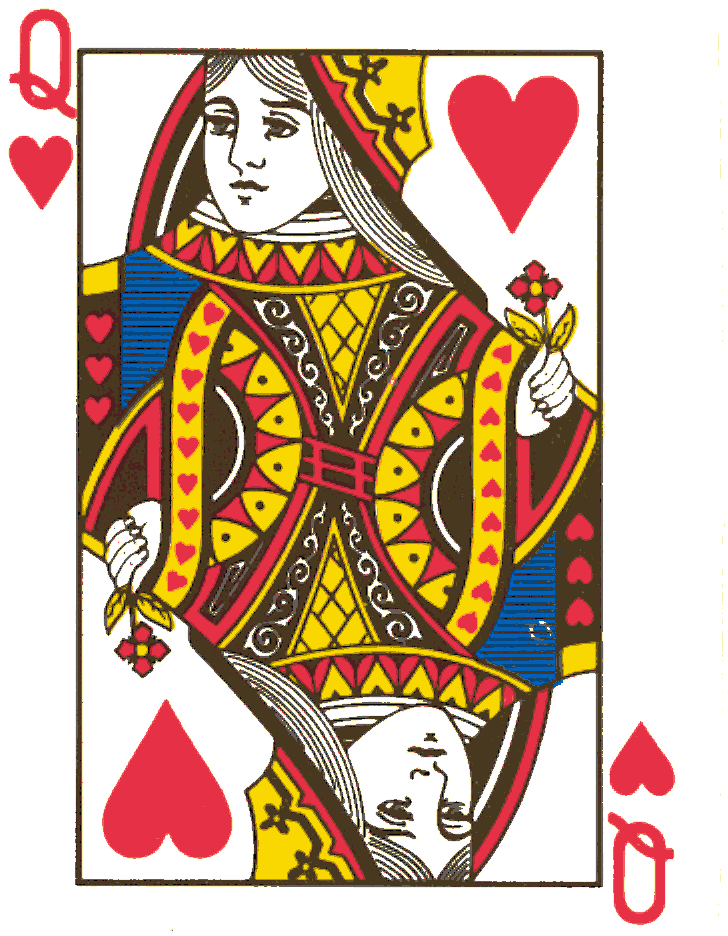 After his father's death, Jacques needed to lower the family profile by appearing more respectable.
Until that time, he had spent many hours and family assets consorting with bar maids and soldiers, whom his mother had introduced him to at the local garrison, but this was causing an undesirable focus upon him by the local law agencies.
Fortune smiled on him, as he met, wooed, and wed - within the space of a week - Nannette Vin d'Urine, the daughter of a rogue champagne dealer who adulterated low quality wine with cow urine to improve the color and taste.
Sadly, Fortune left him late in life, as he was put to death for spitting on the Emperor.
This was a tragic mistake, as Jacques had actually sneezed after inhaling cheap imported snuff.
After his father's death, Jacques needed to lower the family profile by appearing more respectable.
Until that time, he had spent many hours and family assets consorting with bar maids and soldiers, whom his mother had introduced him to at the local garrison, but this was causing an undesirable focus upon him by the local law agencies.
Fortune smiled on him, as he met, wooed, and wed - within the space of a week - Nannette Vin d'Urine, the daughter of a rogue champagne dealer who adulterated low quality wine with cow urine to improve the color and taste.
Sadly, Fortune left him late in life, as he was put to death for spitting on the Emperor.
This was a tragic mistake, as Jacques had actually sneezed after inhaling cheap imported snuff.
 Nannette and Jacques had three daughters, followed by one son.
Desperate for a son to carry on the family business (and name), the daughters were all sent to distant convents.
When the son, Chance Gras, was born, the family rejoiced.
This was, however, short-lived as it became apparent that Chance Gras' only skill lay in moth scatology (hemophiliac inbred nobleman was far outside the realm of possibility, and even village idiot required too much).
He was killed by soldiers, who came upon him when he was defecating in the forest wearing nothing but gossamer wings and a fuzzy penis sheath.
Nannette and Jacques had three daughters, followed by one son.
Desperate for a son to carry on the family business (and name), the daughters were all sent to distant convents.
When the son, Chance Gras, was born, the family rejoiced.
This was, however, short-lived as it became apparent that Chance Gras' only skill lay in moth scatology (hemophiliac inbred nobleman was far outside the realm of possibility, and even village idiot required too much).
He was killed by soldiers, who came upon him when he was defecating in the forest wearing nothing but gossamer wings and a fuzzy penis sheath.
 After the death of Chance Gras, the family recalled its eldest daughter, Goujon, from Soeurs De Celibate, and focused their attentions on her.
Building on lessons learned in the nunnery, Goujon wore her hair short and adopted mainly mannish mannerisms.
After the knowledge of their son's proclivities and manner of demise became publicly known, the marriage prospects for Goujon dimmed considerably.
After many years of struggle, Goujon was finally married (some say sold) to a Portuguese, Christopher Feio Cartão, whose family controlled that country's cork production.
After the death of Chance Gras, the family recalled its eldest daughter, Goujon, from Soeurs De Celibate, and focused their attentions on her.
Building on lessons learned in the nunnery, Goujon wore her hair short and adopted mainly mannish mannerisms.
After the knowledge of their son's proclivities and manner of demise became publicly known, the marriage prospects for Goujon dimmed considerably.
After many years of struggle, Goujon was finally married (some say sold) to a Portuguese, Christopher Feio Cartão, whose family controlled that country's cork production.
|
|
Generation 246B, Portugal 1730
The Portuguese side of the Family descended from a long line of directionally-challenged Vikings.
They settled at Eu Sou Perdido, about 100 kilometers from what became Lisbon, and changed their names to Feio Cartão because it sounded like "Good Mapmakers".
Discovering that their traditional grog bottle stoppers made of ice had depressingly short life expectancies in the warm Portuguese climate, the Family experimented with many compounds (sheep intestines, ear wax, dirt and spit) before learning to use the bark of the Quercus Suber.
This method far eclipsed all others that were tried, and over the centuries the Feios Cartões came to dominate the Lower European cork market.
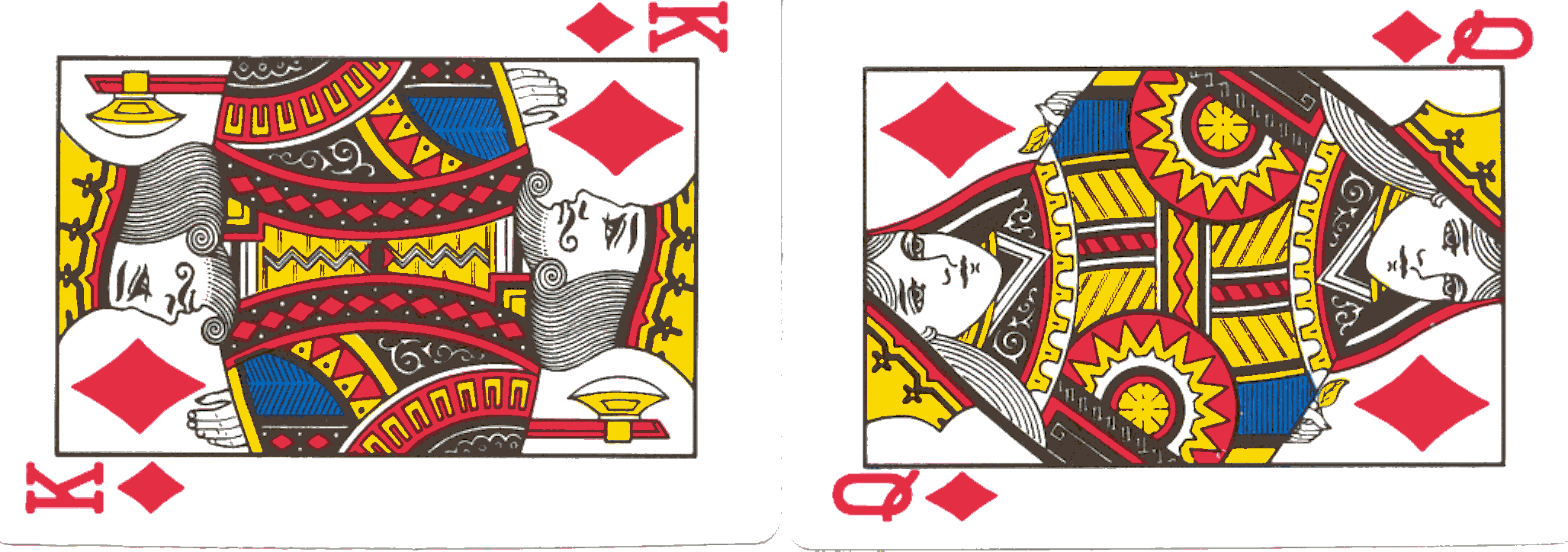 At the time of this history, the family consisted of the parents, one son, and six daughters.
Franquia was considered to be a fine husband, pillar of the community, and incredibly dull.
Gœta had been imported from Iceland via the Brides For Ice program to improve the family breeding stock.
She had a well-regarded recipe for evergreen pudding but little else.
The six daughters were not considered important to the family and were all rented out as grog hall dancers.
Two later became known for their rousing interpretation of the original Viking rape-and-pillage landing in Portugal, and the youngest achieved fame as a world-class impressionist painter until it was discovered that it was actually her bird doing the work.
At the time of this history, the family consisted of the parents, one son, and six daughters.
Franquia was considered to be a fine husband, pillar of the community, and incredibly dull.
Gœta had been imported from Iceland via the Brides For Ice program to improve the family breeding stock.
She had a well-regarded recipe for evergreen pudding but little else.
The six daughters were not considered important to the family and were all rented out as grog hall dancers.
Two later became known for their rousing interpretation of the original Viking rape-and-pillage landing in Portugal, and the youngest achieved fame as a world-class impressionist painter until it was discovered that it was actually her bird doing the work.
The son, Christopher, was effeminate and not strong-willed, but since he was the eldest - and in fact, only - son, the family was stuck.
To "correct" his demeanor, he was sent to the Faculdade Para Maçantes Filhos in Lisbon, where he did improve his cork-recognition skills.
Sadly, he also picked up the unfortunate and socially-disparaged practice of reading the "Wives Wanted" sections of the Lisbon newspapers.
His schooling was cut tragically short by a freak accident that killed his parents.
While picnicking during the summer solstice, a cork tree fell upon them, and though they were unharmed because of its light weight, they were trampled to death by a herd of enraged goats whose field they had invaded.
 Although Christopher inherited the family fortune, there were the 6 daughters for whom dowries were required.
Faced with certain financial ruin and the dissolution of the family land holdings, he in desperation answered one of the Husbands Wanted ads in the weekly Pano Diáro Da Bisbolhetice De Lisbon.
Due to his weakened financial state (and limp wrists), he entered the marital negotiations unable to sue for much more than the continued existence of the family estate, giving up the family name to do so.
Although Christopher inherited the family fortune, there were the 6 daughters for whom dowries were required.
Faced with certain financial ruin and the dissolution of the family land holdings, he in desperation answered one of the Husbands Wanted ads in the weekly Pano Diáro Da Bisbolhetice De Lisbon.
Due to his weakened financial state (and limp wrists), he entered the marital negotiations unable to sue for much more than the continued existence of the family estate, giving up the family name to do so.
|
|
Generation 247, France 1759
The union of the two families was successful, until an unfortunate dual-murder duel over the relative merits of French vs. Portuguese cork.
At the time of this double-death, the Laide Carte/ Feio Cartão combined family had just one son, Mistura.
Generation 248, America 1779
 Not yet at the age of majority at his parents' tragic death, Mistura was raised by his "Uncle" Boue (actually one of his mother's many lovers).
Uncle Boue's attempts at bringing the boy up in the "Continental Genteel" fashion (lots of snuff, champagne, close inbreeding) failed, and Mistura actually grew into an intelligent young lad interested in furthering the family's French and Portuguese cork holdings.
However, the uncle had spent the entire family fortune by the time the boy had reached 14, leaving him destitute and with no hope of societal acceptance.
Not yet at the age of majority at his parents' tragic death, Mistura was raised by his "Uncle" Boue (actually one of his mother's many lovers).
Uncle Boue's attempts at bringing the boy up in the "Continental Genteel" fashion (lots of snuff, champagne, close inbreeding) failed, and Mistura actually grew into an intelligent young lad interested in furthering the family's French and Portuguese cork holdings.
However, the uncle had spent the entire family fortune by the time the boy had reached 14, leaving him destitute and with no hope of societal acceptance.
 In desperation, Mistura stowed away on the Spanish ship, Usted Seguro Es Bonito, bound for the New World.
Discovered some days out at sea, he traded forced indenture for training in quaint ship rites and rituals (and the ability to continue breathing).
However, he quickly tired of the rope burns and abandoned ship at his first chance, in the New York harbor.
Once ashore, Mistura soon discovered that he had no natural abilities to become a street urchin, and that rope burn scars made it easy for local officials of the law enforcement variety to point him out in line-ups of other erroneously accused miscreants.
In desperation, Mistura stowed away on the Spanish ship, Usted Seguro Es Bonito, bound for the New World.
Discovered some days out at sea, he traded forced indenture for training in quaint ship rites and rituals (and the ability to continue breathing).
However, he quickly tired of the rope burns and abandoned ship at his first chance, in the New York harbor.
Once ashore, Mistura soon discovered that he had no natural abilities to become a street urchin, and that rope burn scars made it easy for local officials of the law enforcement variety to point him out in line-ups of other erroneously accused miscreants.
 So, continuing his westward path, he joined General Anthony Wayne, who was bound for the western frontier, then located in Indiana.
After arriving at the General's fort, Mistura quickly became Chief Bootlicker and Chief Whipping Post, and attracted the attention of one of the local Indian princesses, Minnetonka.
She was of the "Wooden Plug" tribe, and her skills included chewing tobacco and spitting life-like caricature portraits in the snow.
So, continuing his westward path, he joined General Anthony Wayne, who was bound for the western frontier, then located in Indiana.
After arriving at the General's fort, Mistura quickly became Chief Bootlicker and Chief Whipping Post, and attracted the attention of one of the local Indian princesses, Minnetonka.
She was of the "Wooden Plug" tribe, and her skills included chewing tobacco and spitting life-like caricature portraits in the snow.
After hearing the interminable story of his life, and recognizing the advancement-impaired nature of his current employment, she convinced him to start anew, by selling wooden grog stoppers and providing used potato gun parts refurbishing.
|
|
Generation 249, America 1799
Mistura and Minnetonka had two sons and two daughters, in that order.
 The first son, Râteau, was a ne'er-do-well who drowned in a vat of grog while bobbing for apples.
The first son, Râteau, was a ne'er-do-well who drowned in a vat of grog while bobbing for apples.
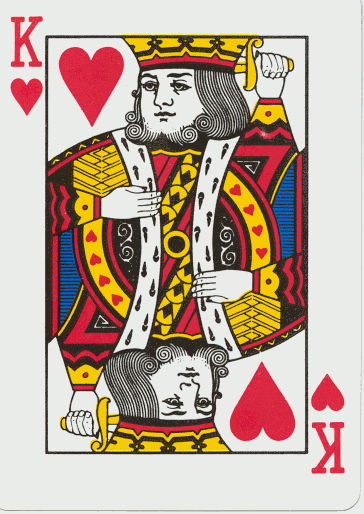 Floconneux, the younger son, was a sensitive artist, but was abused by the soldiers when he formed a dance revue.
He emigrated back to New York as a rake and died in a riot at the opening night of his dance troupe, The County Cork Ballet.
Floconneux, the younger son, was a sensitive artist, but was abused by the soldiers when he formed a dance revue.
He emigrated back to New York as a rake and died in a riot at the opening night of his dance troupe, The County Cork Ballet.
 The penultimate daughter, Souffle De Chien, was returned to the tribe as collateral for a loan to start a new food container business.
When the loan was forfeited because of family mismanagement, she escaped to New Orleans and opened the Rouges Knickers Dance Hall.
She was killed in a knife fight with a reviewer who had revealed her actual shoe size.
The penultimate daughter, Souffle De Chien, was returned to the tribe as collateral for a loan to start a new food container business.
When the loan was forfeited because of family mismanagement, she escaped to New Orleans and opened the Rouges Knickers Dance Hall.
She was killed in a knife fight with a reviewer who had revealed her actual shoe size.
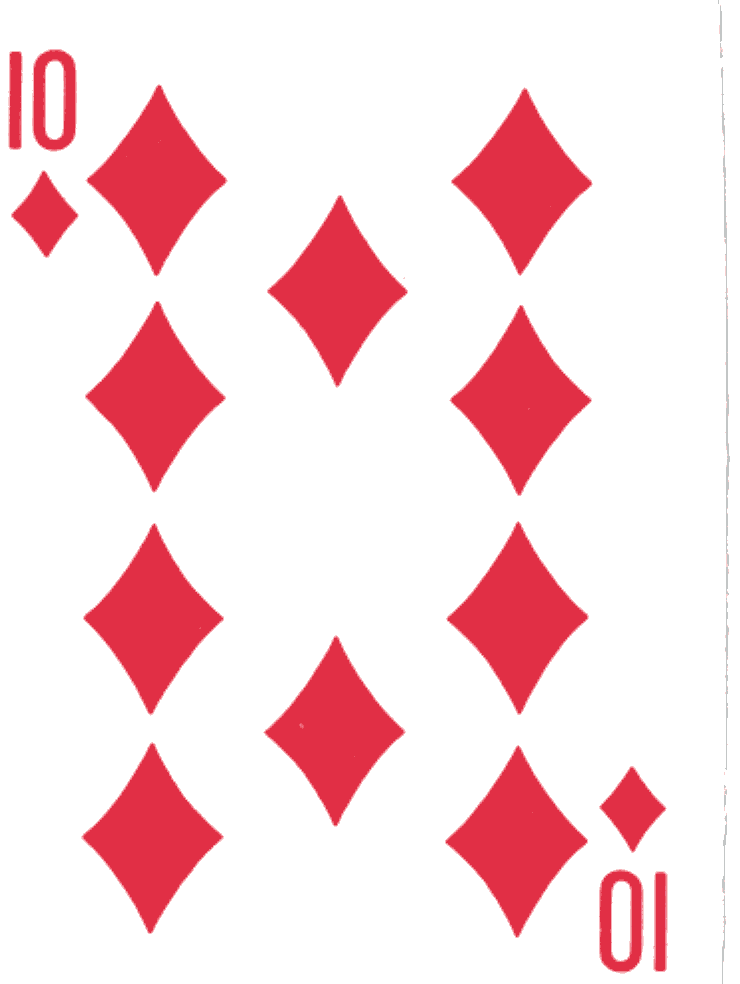 The final daughter, Omis, married General Wayne's youngest son, and raised his 26 children (none of whom were hers) until she died of complications following a broken finger suffered while lecturing the younger children on the importance of marital fidelity.
The final daughter, Omis, married General Wayne's youngest son, and raised his 26 children (none of whom were hers) until she died of complications following a broken finger suffered while lecturing the younger children on the importance of marital fidelity.
|
|
Conclusion
Thus ends the happenings and circumstances of the Laides Cartes during the 18th century.
As you can see, although the family persevered through the years, its fortunes steadily fell, leading to the potential loss of the blood line.

 In the 68th volume of the Laide Carte Family History (1800 through 1806), we will describe the continued family adventures as they venture further into the Wild West of the New World, discovering advanced bottle closure methods and recovering the Laide Carte family name.
Also in the next volume, we will follow several lesser branches of the descendants, some of whom attempt to regain stature and fame (and also the ancestral family lands) by returning to France and Portugal, and others who seek a different fame and fortune by joining the Mexican army.
In the 68th volume of the Laide Carte Family History (1800 through 1806), we will describe the continued family adventures as they venture further into the Wild West of the New World, discovering advanced bottle closure methods and recovering the Laide Carte family name.
Also in the next volume, we will follow several lesser branches of the descendants, some of whom attempt to regain stature and fame (and also the ancestral family lands) by returning to France and Portugal, and others who seek a different fame and fortune by joining the Mexican army.
Thank You, and Goodbye.
|
|
Translation services provided by AltaVista Translations.
"Put a Fish in Your Ear, and Hear the World"
Laide Carte, Laides Cartes – Ugly Card, Ugly Cards
Sic Transit Bellis Chartis – Thus go beautiful cards
De Quercus Suber Non Curate Lex – The law does not concern itself with cork
Facile Virtu – Easy Virtue
Laid Ent Tant Que Moi – Ugly As Me
Morts Bétail – Dead Cattle
Nouveaux Riches – Newly Rich (plural)
Achetez-Moi – Buy Me
Bête-Noire – "black beast", someone you dislike or avoid
Fea Tarjeta – Ugly Card (Spanish)
Vin d'Urine – Urine Wine
Chance Gras – Fat Chance
Goujon – Stud
Soeurs De Celibate – Celibate Sisters
Feio Cartão, Feios Cartões – Ugly Card, Ugly Cards (Portuguese)
Eu Sou Perdido – I'm Lost (Portuguese)
Quercus Suber – cork oak, from whence comes cork
Faculdade Para Maçantes Filhos – College For Dull Sons (Portuguese)
Pano Diáro Da Bisbolhetice De Lisbon – Lisbon Daily Gossip Rag (Portuguese)
Mistura – Mix (Portuguese)
Boue – Slime
Usted Seguro Es Bonito – You Sure Are Pretty (Spanish)
Minnetonka – Little F'ing Truck (White Pigeon Indian)
Râteau – Rake
Floconneux – Flaky
Souffle De Chien – Dog Breath
Rouges Knickers – Red Knickers
Omis – Omitted
Grande Escupido – Big Spit
Le Plat – The Flat
No cartes where harmed in the production of this book, although many were threatened.
The National Council for Carte Abuse has been mollified with a large donation.
|
|
Reviewers praise Lord Ramsbottom's latest historical masterpiece!
 "A stultifying tour de non-force by one of the planet's most inane historians!
A must miss!"
"A stultifying tour de non-force by one of the planet's most inane historians!
A must miss!"
— Elliott Bloughard, The San Francisco Nose
 "If you've ever quilted beautiful cards for dear friends, then this book is for you.
Otherwise, it's useful as a bird-cage bottom."
"If you've ever quilted beautiful cards for dear friends, then this book is for you.
Otherwise, it's useful as a bird-cage bottom."
— Beau Stitches, (How to Make an) American Quilt Magazine
 "Wha? Cork and card history? Why?"
"Wha? Cork and card history? Why?"
— Yerinmy Sights, Hunter's World Magazine
 "Shut up and deal."
"Shut up and deal."
— Mark D. Cards, Downers Grove Reporter
|
 —
home
—
bouncin' dog greetings
—
photo albums
—
odds & ends
——
—
home
—
bouncin' dog greetings
—
photo albums
—
odds & ends
——